“Build a minimum viable product. No matter how confident you are, no matter how much you’ve prepared, and no matter how much you think people will love your product, you simply cannot know until you get it into their hands.” – Eric Ries, Author of “The Lean Startup”
Passionate entrepreneurs must be familiar with the experience of a sparkling moment in their inner self when they strike with an idea, solution, and inspiration. The very moment they start journaling their idea in detail and preparing a business plan, they are stuck with a prominent and most challenging question.
The question of, “Will it succeed or generate the desired value in the lives of customers?”
What if we tell you that there is a key way to test and predict the impact that you want to create in people’s lives with your product? This key also delivers you the scope of improvement to the point where your product can be unmatchable. Further, it also ensures deep networking and saves hours of effort and cost that you might put into developing the product and then testing out if it is made with the right values and expectations.
The key is Building a Minimum Viable Product, commonly known as MVP. In this blog, you will develop a core knowledge of MVP. Stay tuned with us till the end!
Table of Contents
What is Minimum Viable Product?
The term Minimum Viable Product, or MVP, was coined by Frank Robinson in 2001.
As a CEO of SynDev Inc., Frank said, “When I first said ‘minimum viable product,’ I never had to repeat myself. The words went viral right before my eyes.”
Today the term is trendy, and every successful business performs it.
A minimum Viable Product or MVP is building a product with enough features for early customers. While building the MVP, you must ensure that you just keep the simplest or core features instead of building the complete product.
Aim of MVP: The aim of building an MVP is to gather feedback for future or New Product Development Process.
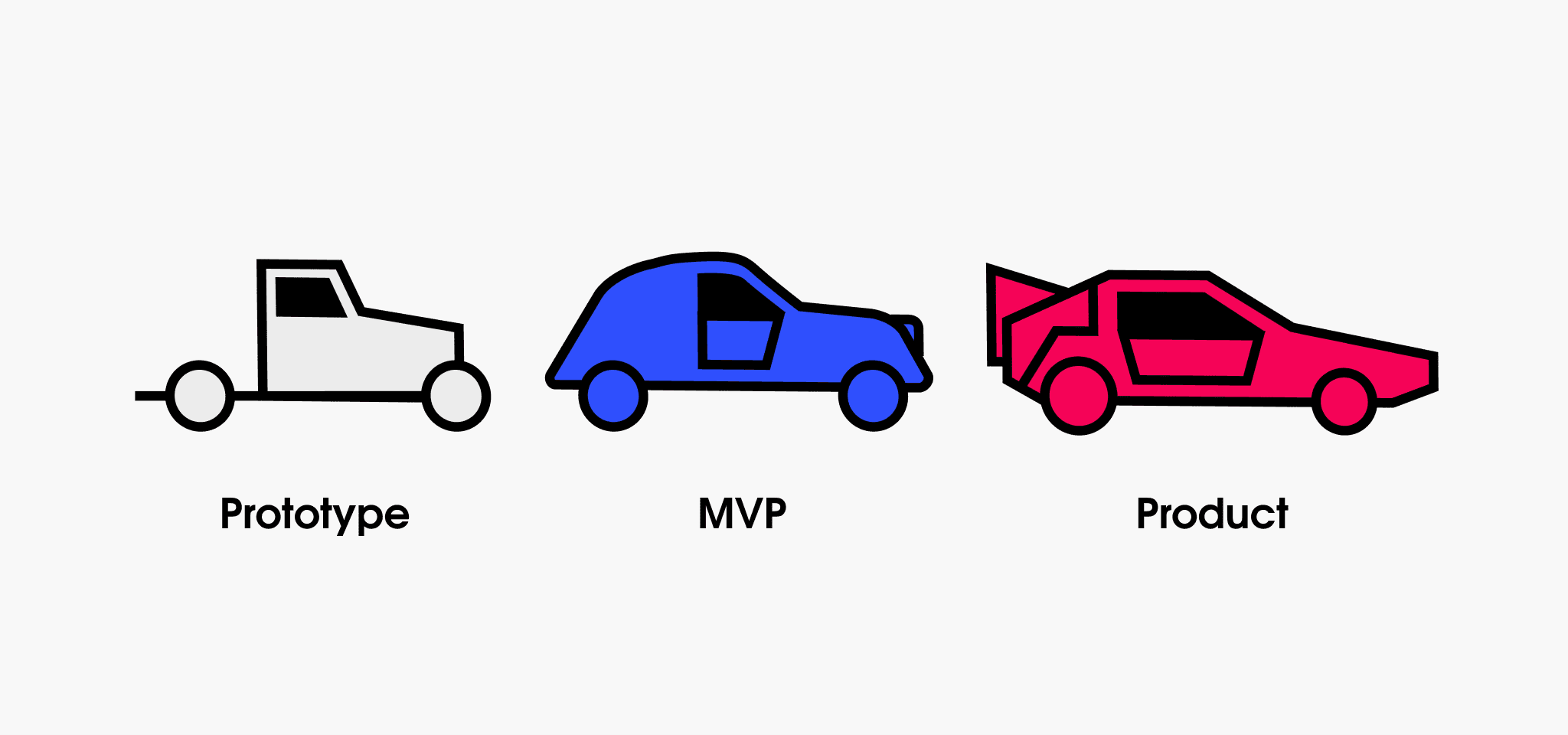
Entrepreneurs can avoid lengthy and unnecessary work required in a product and only build products with core features to circulate to the selected customer to get feedback. This helps them to validate the assumptions about the product and ensure that the hypothesis for the product was right or not. You can also build a prototype which is a very basic level of testing your idea. You must know
Why Businesses Should Build a Minimum Viable Product?
Startups or businesses building a new product must use the concept of building an MVP to stay assured about their vision.
After 21 years in 8 high-tech companies, Steve Blank described the purpose of MVP as; “You are selling the vision and delivering the minimum feature set to visionaries, not everyone.”
40% – 80% of products fail in the technology industry due to early release without building an MVP to validate the idea.
The purpose of MVP is to:
- Product Hypothesis keeping resources minimal
- Accelerating the learning process
- Reduced waste engineering hours
- Selling the vision
- Finding product base
- Connecting with the product builders and enhancing your vision with them
- Building brand quickly
It is not about launching the product. It is about launching a product that has the right vision, aligns with the needs of the customers, and solves the problem according to expectations. This is why you need MVP.
What If I Do Not Build An MVP?
While building a new product, if you do not build an MVP, you might fail in multiple dimensions.
Here are some of them:
- Failure in testing the vision and putting it into multiple possible test cases.
- Unexplored channels to deliver value to your customers
- Missing on building the early brand value, network, and relationship with your customers
- Not able to build a product that aligns with the values and ideas determined while brainstorming your idea
- Wastage of effort, resources, and finances because without proper testing, what you might be building may lead to some other direction that does not align with your user’s problems.
If you are 100% sure about your product, you can go for the full product development and ignore the MVP stage. But, if the success rate is 99%, you must opt for the process of MVP.
Here is the visualization of the same through a comic strip with two separate cases.
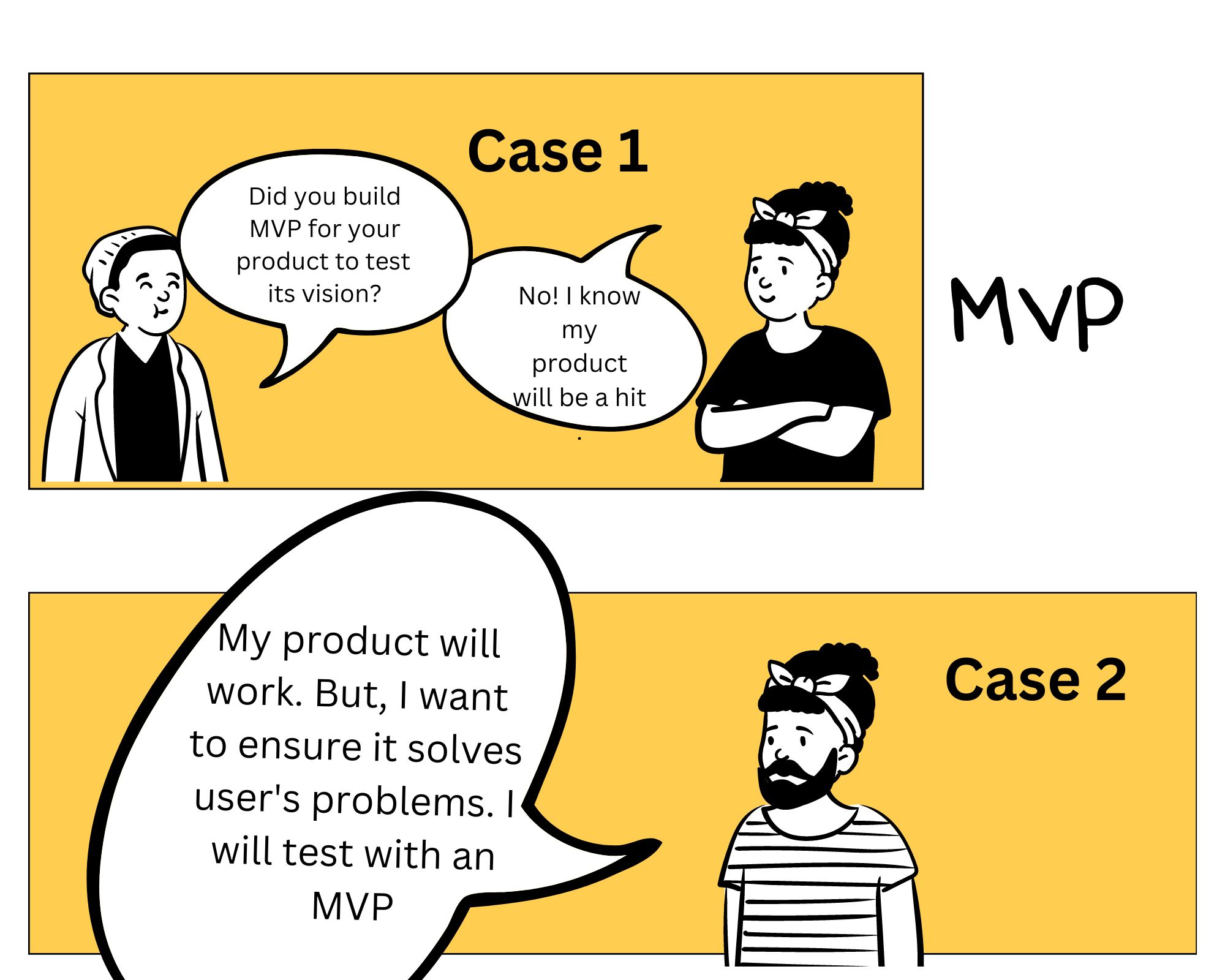
What Are the Common Types of MVP?
So, you have decided to build an MVP. Isn’t it important to know about the common types of MVPs and identify which one is right for you? We will help you out with the same.
| Complexity level | Objectives | MVP Types |
| Low Complexity |
|
|
| High complexity |
|
|
You can choose low-complexity MVP types if the product complexity is low. And, if it’s high, you can opt for high complexity types of MVP.
- Single Feature MVP: Testing only the core feature. One of the top MVP examples is a music streaming where you can offer just a music streaming feature to test it.
- Pre-order MVP: Crown Funding for the product that is yet to be built. Customers can book their pre-order MVP to test.
- Wizard of Oz MVP: Mimicking the product as a complete product but adding back-end features with the help of automated technology when someone is interested in using it.
- Concierge MVP: It is just like Wizard of Oz, but customers know that the product does not have back-end features.
- Fake Door MVP: Inviting users to use a product that has not been built.
- Landing Page MVP: Dropping a CTA on internet-based platforms to test how many users are interested in the product.
- Email Campaign MVP: Reaching out to the users to know if they are interested in such a product.
- Marketing Campaign MVP: Running a full-time marketing campaign to take feedback about your product idea from users.
With the above given MVP types, you can initiate building your MVP. Let us move to build the MVP.
How to Build a Minimum Viable Product: Step-by-Step MVP Development Process
The process of building an MVP can be complex, but once you get it right, you can build it right. Here are the steps to consider while building your MVP.
Step 1: Market Research
For example, you are planning to build an app. In such cases, you must download a few more apps to ensure that you are updated with the business opportunities. You have to check the user feedback, number of downloads, reviews, and ratings to ensure that your idea has a strong business opportunity or not.
We advise you to take brief knowledge about your domain- technical and non-technical side to understand our idea to the core.
Step 2: Determining Core Features
Building an MVP is all about validating the idea, not the product. To build the right quality MVP, you must know the core feature or features of your app. Determine the main solution you are going to deliver through your app to the users. Although your concept might grow later, you have to keep your focus on the core features.
When you do not identify the core features, you might end up building 80% of the product and calling it an MVP. This 80% will demand nearly the same efforts, resources, and finance that your complete product does. It won’t be called an MVP.
According to the Pareto Principle, 80% of consequences come from 20% cause. Hence, your business must identify the core features.
Step 3: Selecting the Tech Stack for MVP Development
Mobile app development business requires a special emphasis on technology. The technology you use determines to affect your budget to a great range. For example, opting for native mobile app development separately for Android and iOS requires a higher budget as compared to cross-platform app development.
To optimize your budget, after deciding on your core features, you have to choose what technologies you will use to implement those core features.
Step 4: Project Management Tools
Building an MVP starts by using tools that ample project companies use. You can build agile methodologies and organize complex tasks using the following:
- Jira (Managing work)
- Scrum (Project management tool)
- Figma (for mock-up designing)
- WordPress ((building websites is one of the benefit of wordpress)
- Google Forms (to college user viewpoints)
- Google Analytics (to analyze users)
Step 5: Collecting user feedback
We have mentioned the types of Minimum Viable Products that you can choose as per your requirements. Once you have decided on the type of MVP, you must start implementing it. But collecting user feedback and analyzing it shall also be your concentrated task. If you cannot analyze what your user feedback comments are, then your complete MVP process might lead to a waste of effort. The main target of MVP is to collect user feedback on your product that is yet to go from the final development phase.
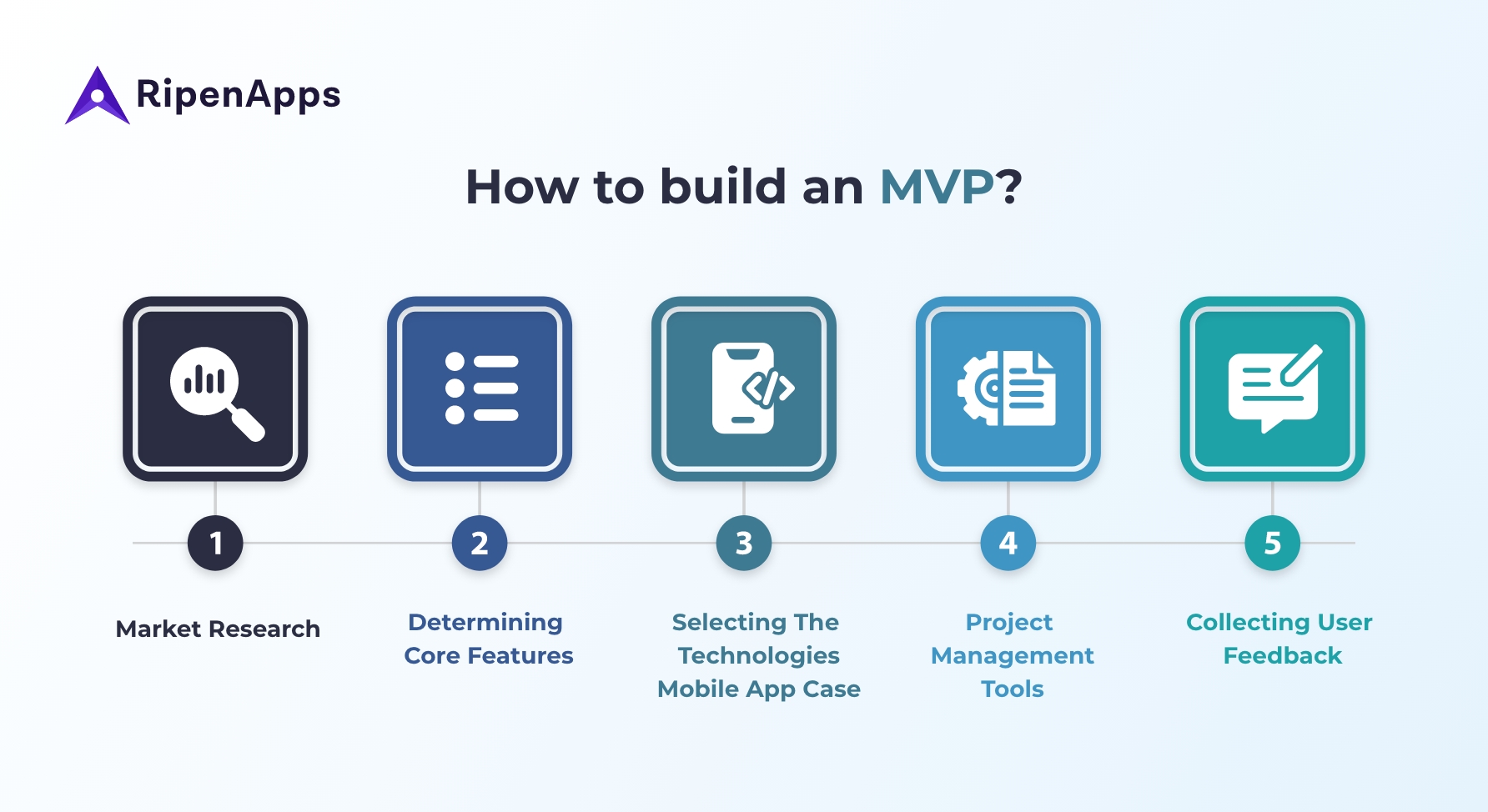
Key Mistakes to Avoid While Building Minimum Viable Product
If you are reading the blog to this point, you must have known that building an MVP is a complex task. However, several mobile app development companies can make your task easy with their MVP-building expertise.
Yet for your knowledge, you must take care of the below mistakes while building your MVP to significantly increase the success probability.
- Lack of market research
- Lack of prototyping before focusing on MVP
- Inefficient monetization strategy for MVP
- Unproductive development team
- No security pointers shared with users with MVP
- Feature overload
- Not following appropriate MVP testing ways
- Excessive feedback implementation
Keep your MVP secure, safe, and minimal so that users can get straight away about your vision.
How Much Does MVP Development Cost?
MVP development cost can never be fixed. When you build an MVP, there are some steps that you have to perform that affect your budget.
You have to hire:
- Researchers
- Business analyst
- Designers
- Developers
- Marketers
And, when you avail services from multiple channels, the cost varies based on the following:
- Location
- Currency value
- Features and functionalities
- Quality of the product
- In-house team or Freelancers or Full development company
Hence, you should consult a professional company that provides dedicated MVP development services. They will give an accurate cost estimation for your minimum viable product project specifically.
Why Should You Build Your MVP With RipenApps?
RipenApps is a global mobile app development company with years of experience building prototypes, MVPs, and full products in diverse fields. The #1 reason you should build your mobile app MVP with us is that we understand the core difference between an MVP and a complete product.
Our dedication, expertise, principles, and values have today rewarded us with a top mobile app development company worldwide. When you work with us, you are assured about a quality MVP that strongly assists you in ensuring your vision. Here are the main benefits you get while working with us, because we:
- Focus on understanding your vision as a priority
- Analyze your core feature or the product base
- Deliver you a transparent MVP development cycle
- Experts in project management tools and trending technologies
- Open to embedding AI and ML so that you can automate the user feedback analysis process.

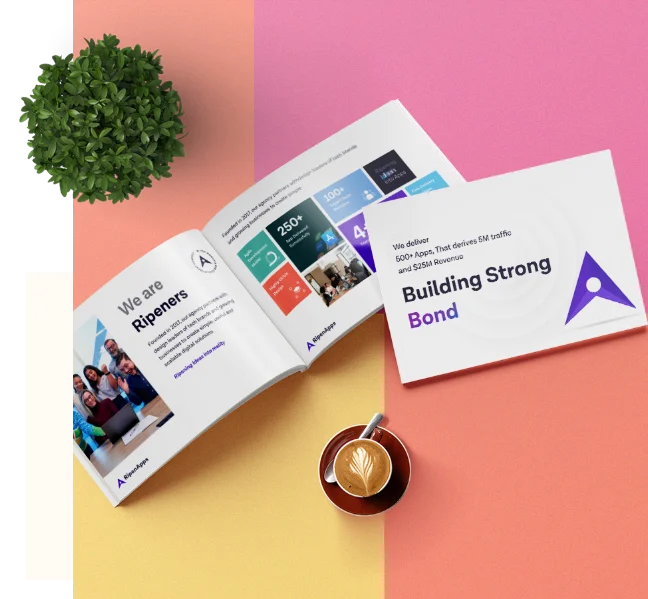
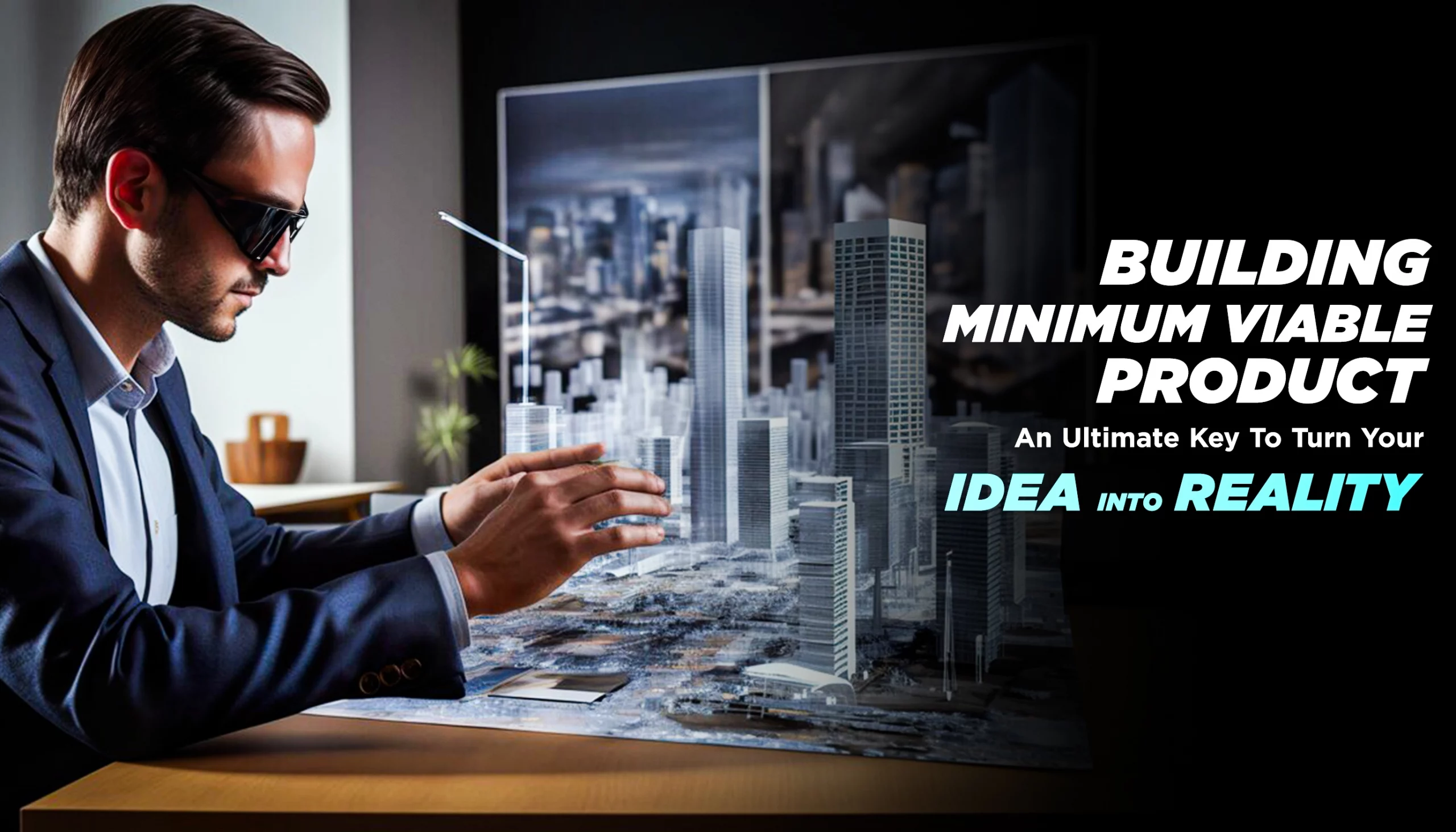





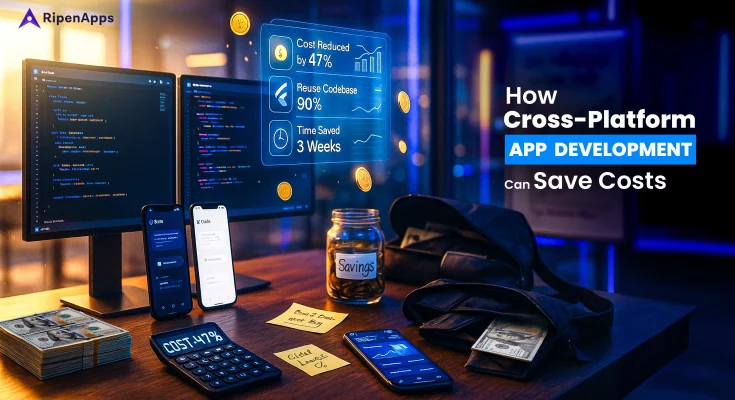

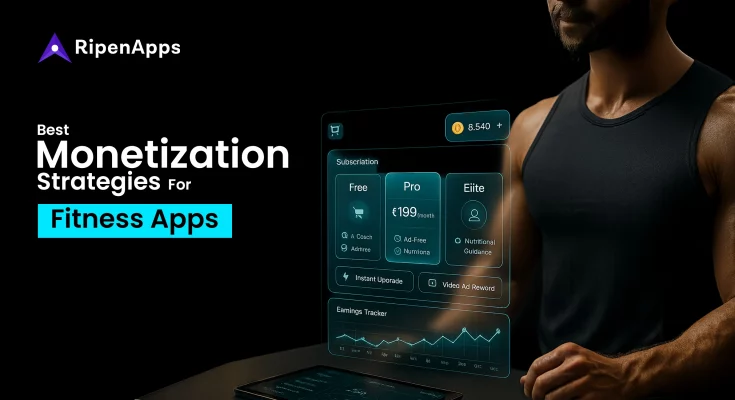

 India
India USA
USA Australia
Australia Canada
Canada UK
UK UAE
UAE
